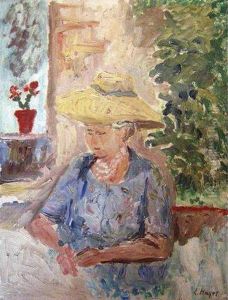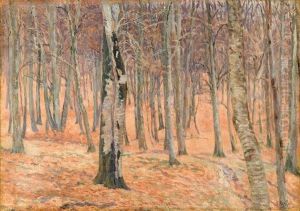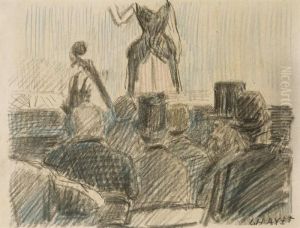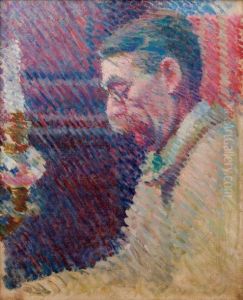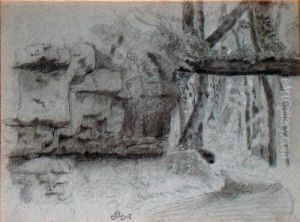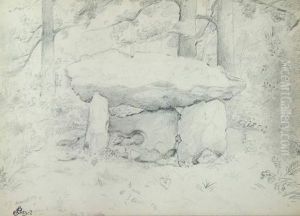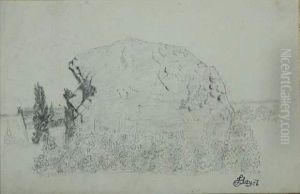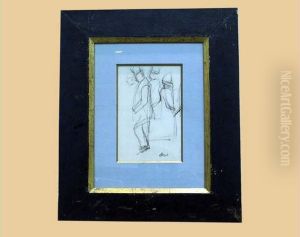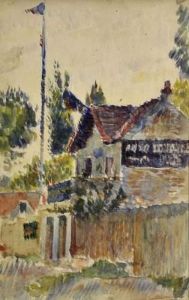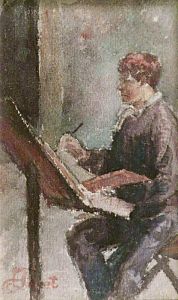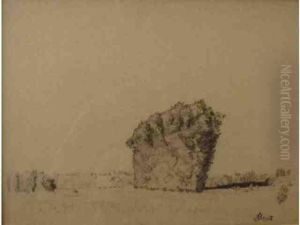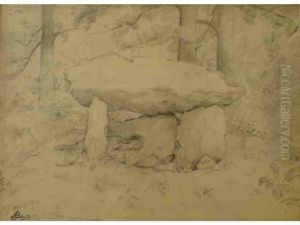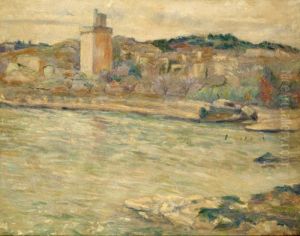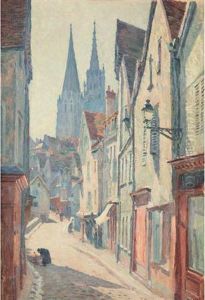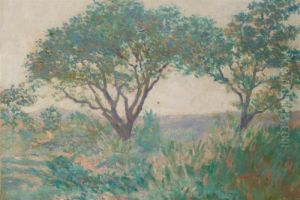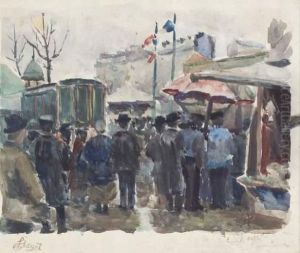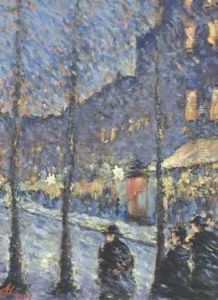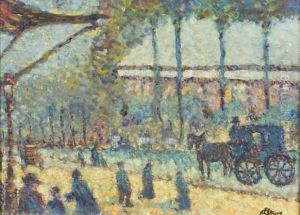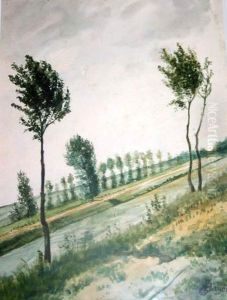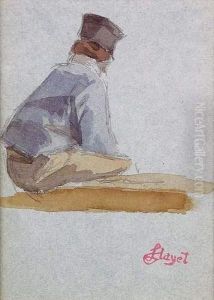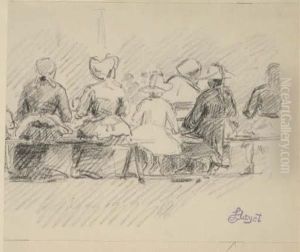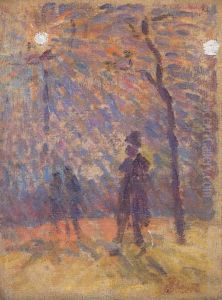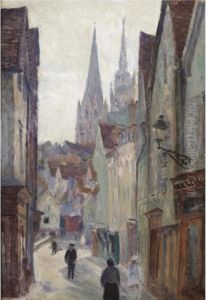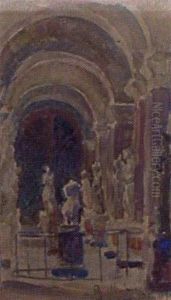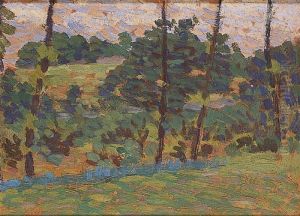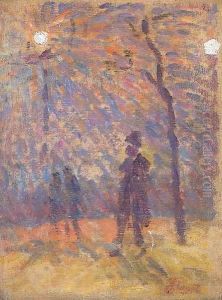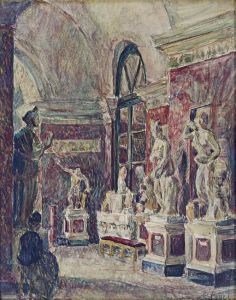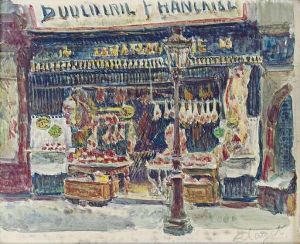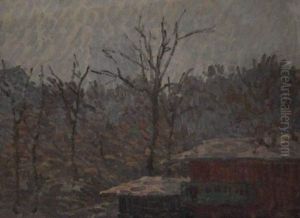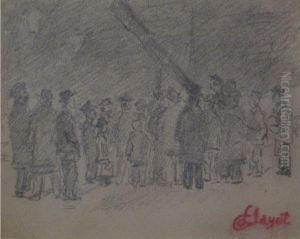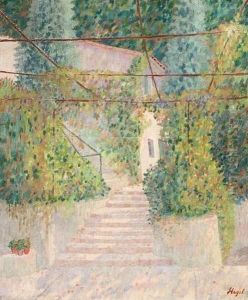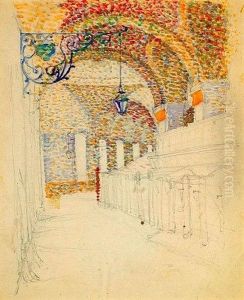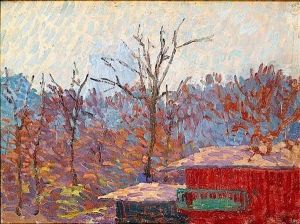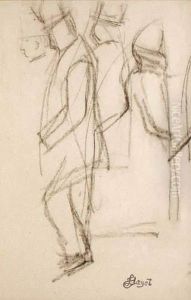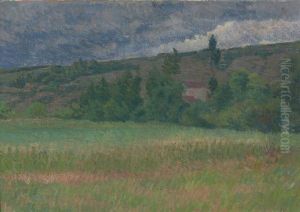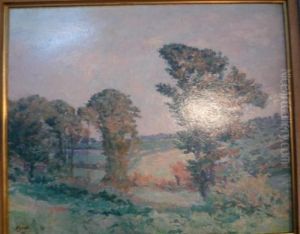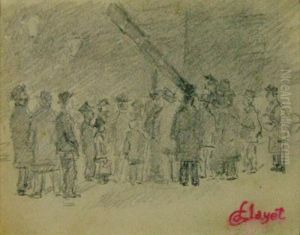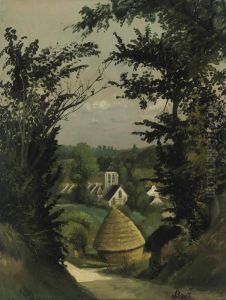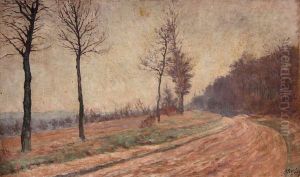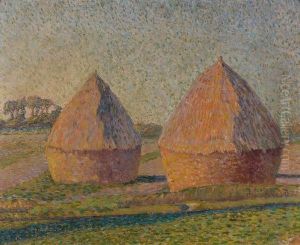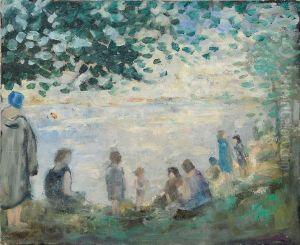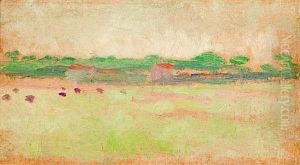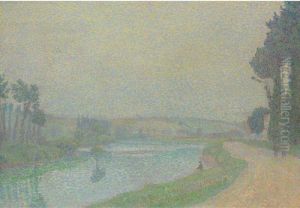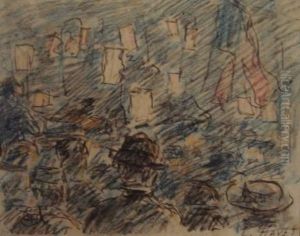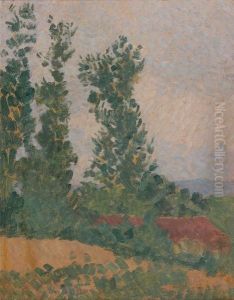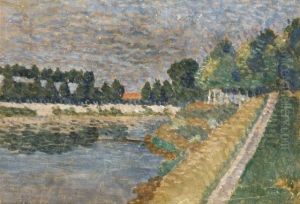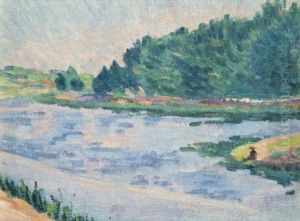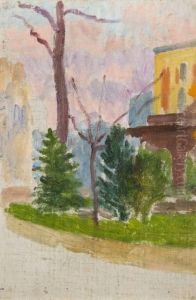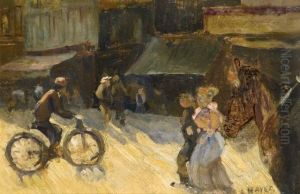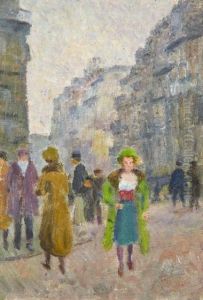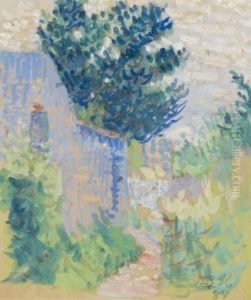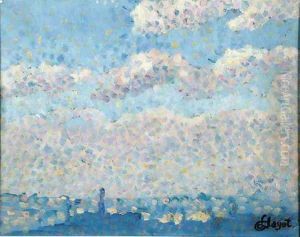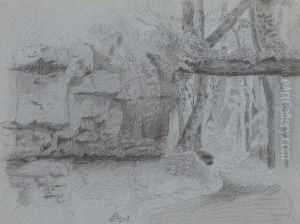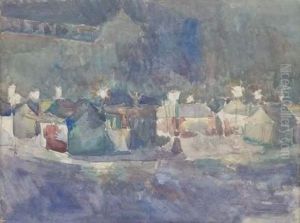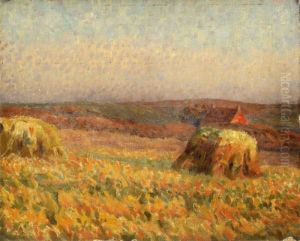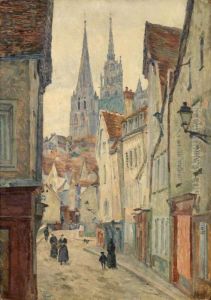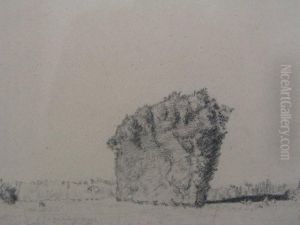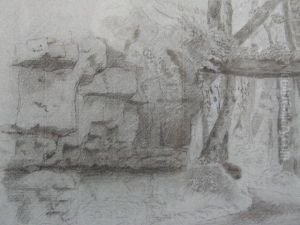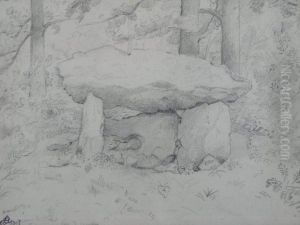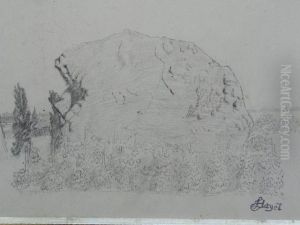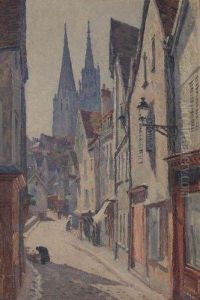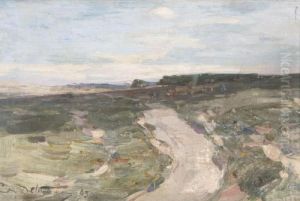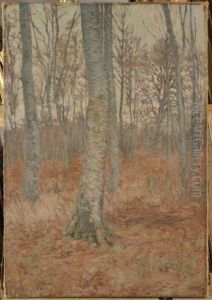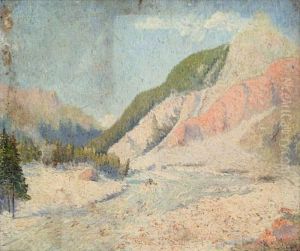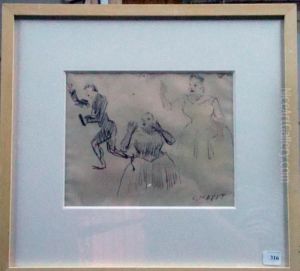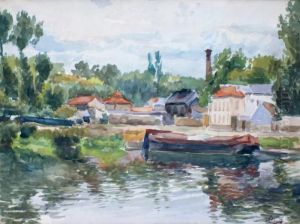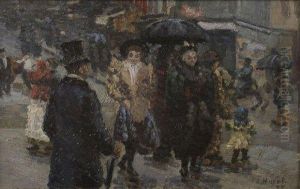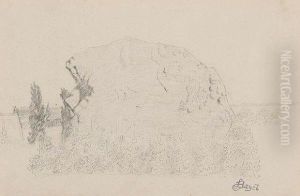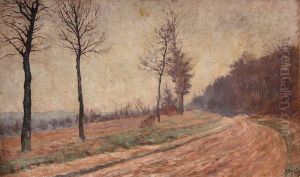Louis Hayet Paintings
Louis Hayet was a notable French Post-Impressionist painter, born in Pontoise on August 29, 1864. He was closely associated with the Neo-impressionist and Pointillist movements, which sought to refine and extend the Impressionist emphasis on light and color through scientific methods. Hayet was largely self-taught, which perhaps contributed to his unique approach to color theory and application. Despite his limited formal education in art, Hayet became an important figure within the avant-garde circles of Paris in the late 19th century, often engaging with other artists who sought to push the boundaries of traditional painting.
Hayet's work is characterized by its vibrant use of color and meticulous application of pointillist technique, although he employed a more free-handed approach than some of his contemporaries like Georges Seurat and Paul Signac. Hayet was deeply influenced by the theories of color and optical effects, and he was particularly interested in how colors could be used to evoke emotion and dynamism in his compositions. His landscapes, cityscapes, and scenes of suburban Paris life are imbued with a lively energy, capturing the shifting qualities of light and atmosphere.
Throughout his career, Louis Hayet contributed to the development and dissemination of Neo-impressionist ideas, although he never achieved the same level of fame as some of his peers. His works were included in several important exhibitions, including the last Impressionist exhibition in 1886 and later Neo-impressionist exhibitions. Despite his dedication to the Neo-impressionist movement, Hayet's work began to diverge from the strict pointillist method in the 1890s, as he experimented with more expressive and symbolic content.
Hayet's later years were marked by financial difficulties and relative obscurity, as the art world's focus shifted away from Neo-impressionism towards new movements like Fauvism and Cubism. However, he continued to paint and exhibit his work, maintaining a commitment to his artistic vision until his death in Pontoise on December 27, 1940. In recent years, there has been a renewed interest in Louis Hayet's contributions to Post-Impressionism, with art historians and collectors recognizing the richness and complexity of his oeuvre. His paintings are now appreciated for their innovative approach to color and form, and they offer a fascinating insight into the evolving artistic landscape of late 19th and early 20th century France.
